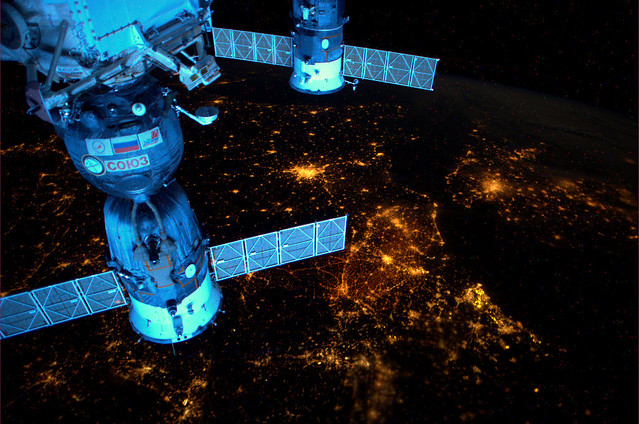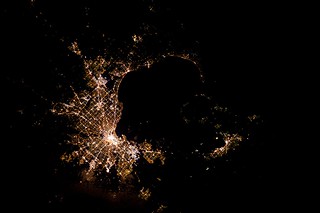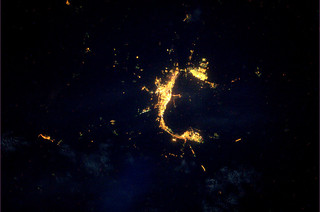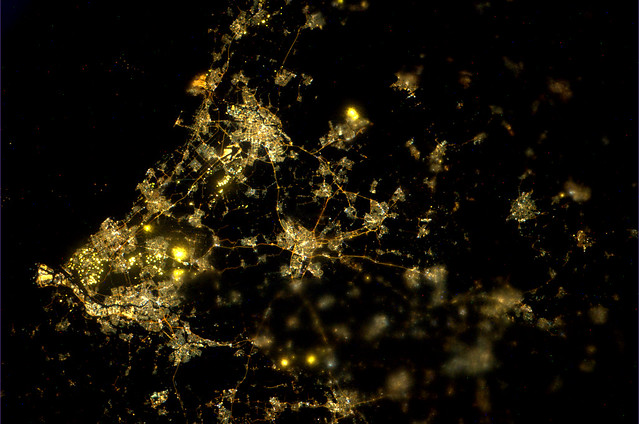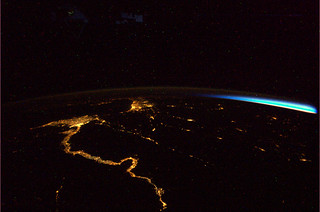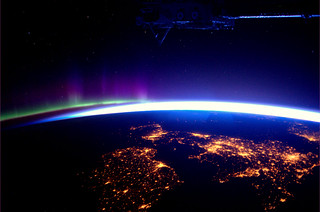Many of you may know the challenge of taking decent photographs during nighttime: They can easily end up shaken and blurred. A high ISO setting and a tripod can already be helpful, but the movement of Earth can make it nearly impossible to take a sharp image of the stars as soon as longer shutter speeds come into play. You will very likely end up with (the admittedly beautiful) star trails…
Now imagine looking down on our planet from the International Space Station (ISS). It is nearly 400 km away from Earth, orbiting it with a speed of about 27,500 km/h, and taking sharp night images can become a very demanding challenge.
This is why André Kuipers, one of the austronauts currently aboard the ISS, just recently installed NightPod. The device compensates for the ISS’ movement by tracking single points on Earth automatically allowing for truly magnificent images of the blue marble during the night.
Read more about NightPod and André Kuiper’s work on the esa PromISSe website.
Photos from André Kuipers/europeanspaceagency.
